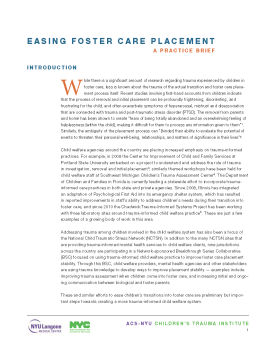
Easing Foster Care Placement Practice Brief
Focuses on addressing secondary traumatic stress experienced by child welfare staff, easing children’s transitions into foster care, and working with parents who have been impacted by trauma.
The following resources on child trauma were developed by the NCTSN. To find a specific topic or resource, enter keywords in the search box, or filter by resource type, trauma type, language, or audience.

Focuses on addressing secondary traumatic stress experienced by child welfare staff, easing children’s transitions into foster care, and working with parents who have been impacted by trauma.
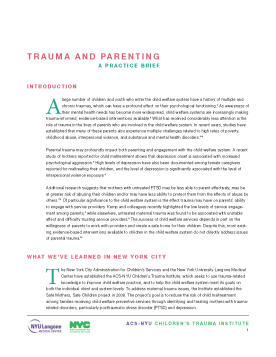
Focuses on addressing secondary traumatic stress experienced by child welfare staff, easing children’s transitions into foster care, and working with parents who have been impacted by trauma.
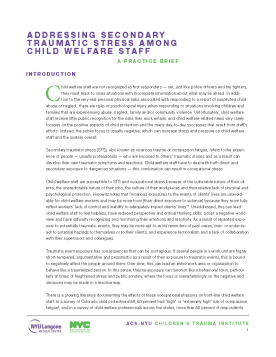
Focuses on addressing secondary traumatic stress experienced by child welfare staff, easing children’s transitions into foster care, and working with parents who have been impacted by trauma.

Provides national training and technical assistance to improve the accuracy, accessibility, and strategic use of accurate information about youth with problematic sexual behavior.

Is designed to mitigate secondary trauma symptoms experienced by child welfare staff, and secondary trauma’s impact on unit and agency functioning.

Provides information on how parents and caregivers can help their young children cope with the aftermath of a tornado.
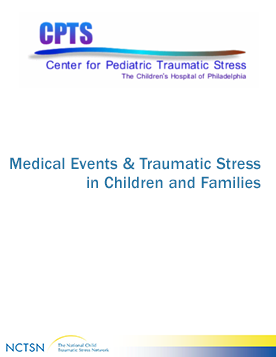
Offers information to providers about the impact of traumatic medical events.

Provides tips to parents on how to help their young children cope and recover following a tsunami.
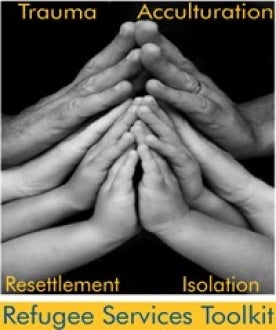
Provides users with information about four core stressors that refugees commonly face, and guides users through an assessment of a particular youth or family's needs.

Offers parents and caregivers a way to talk with their children about earthquakes. This children’s book describes some of Trinka's and Sam’s reactions to an earthquake, talks about how their parents help them express their feelings and feel safer.
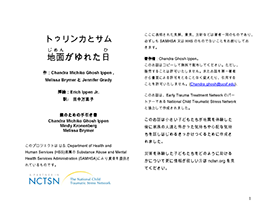
Offers parents and caregivers a way to talk with their children about earthquakes. This children’s book describes some of Trinka's and Sam’s reactions to an earthquake, talks about how their parents help them express their feelings and feel safer.
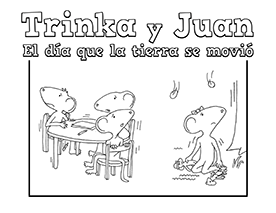
Ofrece a los padres y cuidadores una forma de hablar con sus hijos sobre los terremotos. Este libro para niños describe algunas de las reacciones de Trinka y Sam ante un terremoto y habla sobre cómo sus padres los ayudan a expresar sus sentimientos y sentirse más seguros.